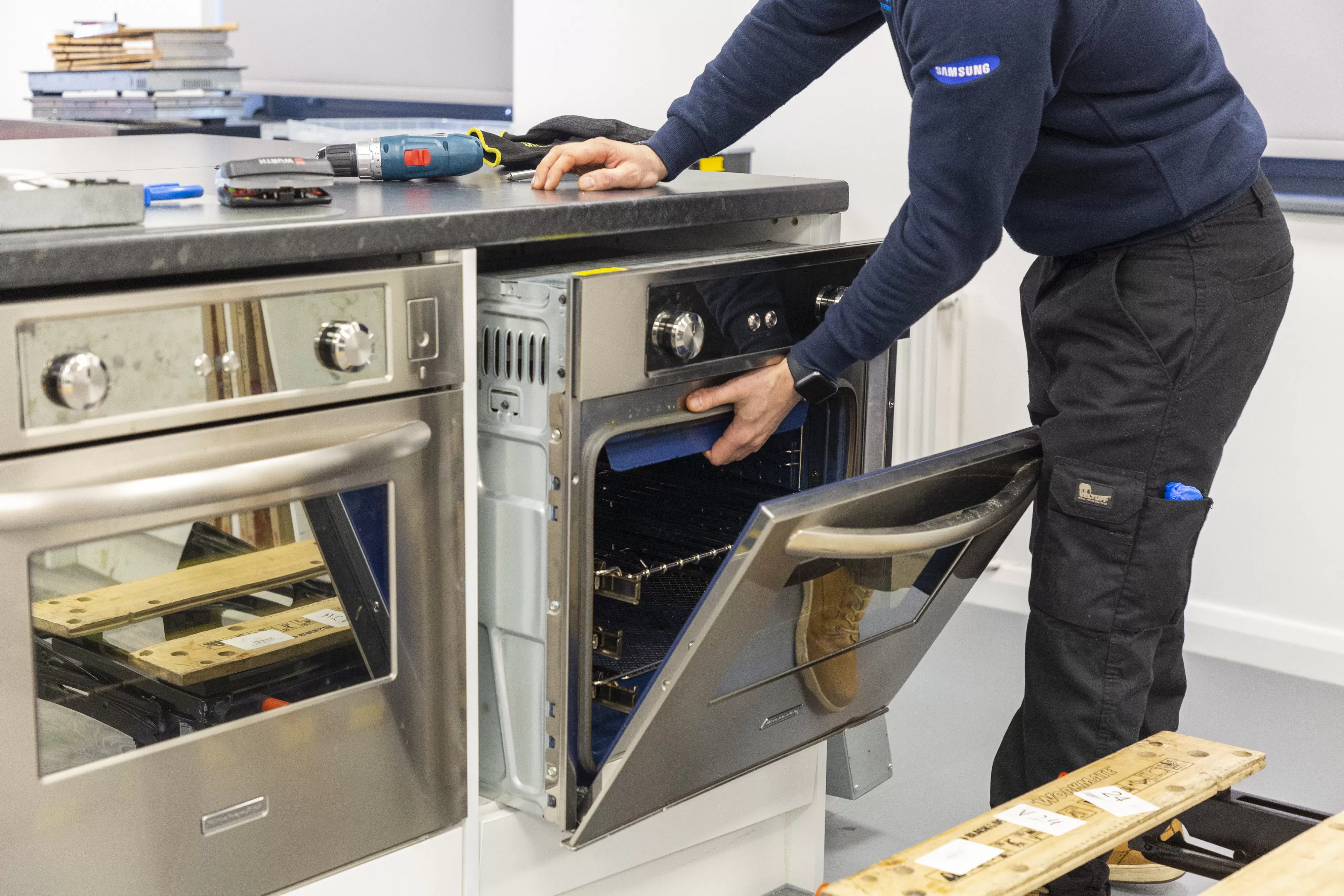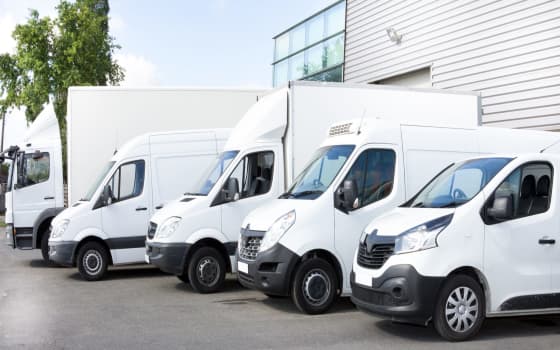Moving kitchen appliances requires careful preparation, proper techniques, and sometimes professional help to ensure safe transport
Moving Kitchen Appliances - A Guide
No matter how organized you are, moving is a stressful job that requires a lot of hard work. Furniture is hard enough to move on its own, but have you ever tried to move kitchen appliances? There’s a lot more work that goes into moving these, as you not only have to disconnect them to move them, but you also need to reconnect them at the other end!
Some appliances also need to be stored in a certain way and cannot be used for a certain amount of time after transportation – all of this needs to be considered and factored in when moving home. The last thing you want to be doing is damaging your appliances or the connections in the old or new home. However, if you don’t think you are going to need the appliances in your new home, why not sell or recycle them? Then those buying or recycling can pick it up from your home which saves all the hassle of moving it! Just make sure you don’t fly-tip them, and if you arrange for someone to get rid of it for you, check their credentials to ensure they don’t do so either!
Thankfully, there are many removal companies or men with vans out there who are able to help you. You should be able to find your appliance’s instruction manual online so you can follow their transportation and storage instructions but removal companies are experts and will know what needs to be done too. Some may be able to provide a professional who can disconnect your appliances in a safe manner, others may just be able to provide the extra help needed to get it from A to B.
Sometimes you might actually need to call upon a professional such as a gas engineer or plumber. This will, of course, be an extra cost so its important to factor this into your average costs for the move, should the need arise.
We wanted to talk to you today about how you can move a few appliances safely from your old home to your new home.
Moving An Oven
An oven can be quite difficult to move as it can be easy to cause damage to your floor. You might need to call in a professional for this appliance, especially if it is mounted to the wall. Electrical ovens need switching off at the wall with their plug being removed from the socket – this is fairly easy. However, a gas oven will need to have its attached gas line switched off at the main valve, which you might not know what to do, whereas a gas engineer will.
You should always remove any bits from the oven which may fall off or fall out. This includes hob rings, shelves, and anything else which could fall and break. Wrap these as you would other fragile kitchen items and pack away. Then lift and slide the oven using a dolly and keep it steady at all times.
Moving A Washing Machine
If you still have the original packaging for this, that would be great! It is so handy if you have it because you can put it in to keep it safe. However, if you haven’t, you will want to find an alternative – a professional remover may be able to provide packaging. The plug needs to be switched off at the wall and then removed. Then the large cord needs to be coiled up and secured to the washing machine with packing tape to stop it from falling and getting in the way.
Ensure you have shut off the water supply to the machine by turning the water valves. Then you will need to turn the screws which attach the hose to the machine and drain the water completely from the hose and machine – you don’t want that leaking everywhere when you are transporting it later. Then tape every loose piece of the machine to it or pack it in boxes.
Moving it itself is much like an oven, slide it out using a dolly and avoid damaging the floor, ensuring you always keep the washing machine upright.
Moving A Dishwasher
Are all of your dishes and cutlery removed? Then run a clean wash to ensure the inside of the dishwasher is completely spotless. You then need to remove the loose items such as the baskets and shelves and let them dry. Then pack them away safely.
If your dishwasher is embedded in, you will need to remove whatever is holding it in place once you’ve turned off the machine and unplugged it. Then slowly slide it out, remove the water hose and tape it and any loose wires down. Then protect it by wrapping it in some protective packaging and secure it when putting it in the van.
Moving A Fridge Or Fridge Freezer
Ensure the appliance is fully empty of all items first. You will need to defrost the freezer section too – this can take anywhere up to eight hours, and you will need something to soak up any residual water. Then pack loose items such as the shelves away. Like the other appliances, you will need to turn the fridge off at the wall and unplug it, coiling the wire and taping it to the fridge.
You will want to find something to keep the doors shut such as some heavy-duty tape (although this may damage the finish of the fridge) or rope to ensure the door doesn’t come open during the move. A fridge is a very bulky item to move, so you will definitely need someone to help you. You need to store the fridge on the side without door hinges when transporting it and avoid lying it on its back as this could cause damage to the appliance.
If you are looking for some help to move your kitchen appliances in your upcoming move, Find My Man and Van would be happy to help. We have a number of trusted and willing professionals who want to make your move as stress-free as possible.





